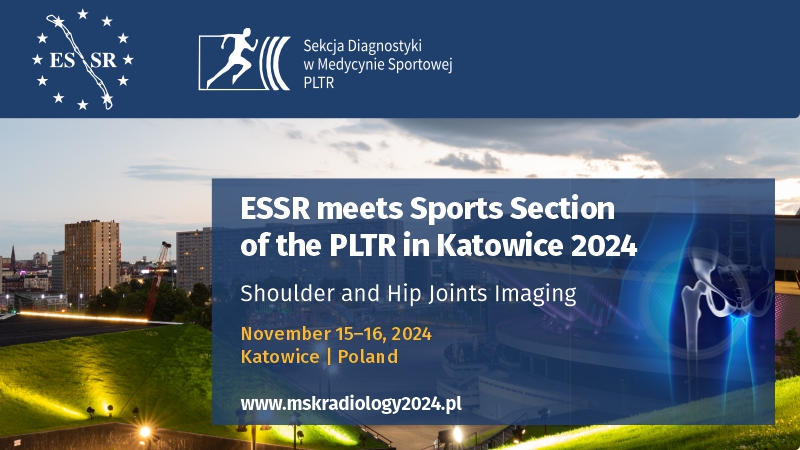Diagnostic value of 12-zone lung ultrasound protocol for diagnosing COVID-19-associated pneumonia in outpatients
Dzmitry Haurylenka1, Victar Damantsevich2, Andrey Filustsin2, Anna Damantsevich2
 Affiliation and address for correspondence
Affiliation and address for correspondenceIntroduction: In the SARS-CoV-2 pandemic, lung ultrasound can be of decisive importance for planning further treatment approach in patients with infection. There is still no clear priority for the choice of lung ultrasound protocol in an outpatient setting. Aim: The objective of the study was to evaluate the applicability of 12-zone protocol lung ultrasound for the diagnosis of COVID- 19 associated pneumonia in outpatients. Materials and methods: We examined 39 outpatients meeting the diagnostic criteria of COVID-19 infection (17 men and 22 women) aged 31–75 years (median 49 years). All patients underwent lung ultrasound immediately after chest computed tomography performed by a blinded specialist. Correlation analysis of the results of a quantitative assessment of the detected signs, assessment of the diagnostic significance of lung ultrasound for identifying signs of pneumonia were performed. Results: Pneumonia was diagnosed by computed tomography in 25 (64%; 95% CI 47–79) out of 39 patients. At the same time, ultrasound signs of interstitial abnormalities were detected in 31 patients. Multiple (narrow) B-lines, confluent (wide) B-lines, as well as areas of subpleural consolidation and “white lung” were the most common lung ultrasound abnormalities. When evaluating the method, the optimal sensitivity/ specificity ratio was obtained for a value of ≥2 points, the area under the curve = 0.970 (95% CI 0.858–0.999; p <0.0001). The score of lung ultrasound significantly correlated with computed tomography quantitative assessment (r = 0.928, p <0.001). Conclusion: Despite some limitations, lung ultrasound can be extremely useful in primary care settings, also in the case of a significant number of admitted patients, to detect features of COVID-19 associated pneumonia.








